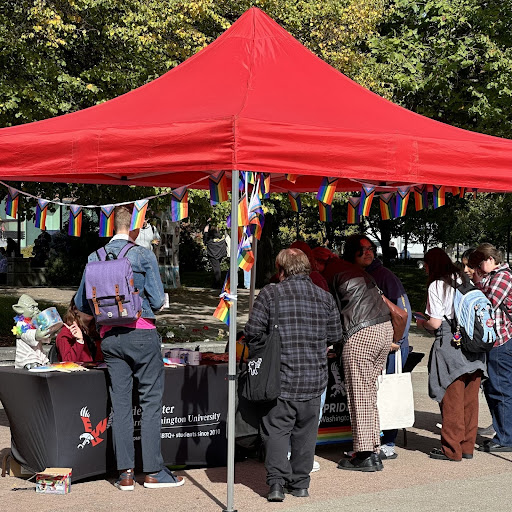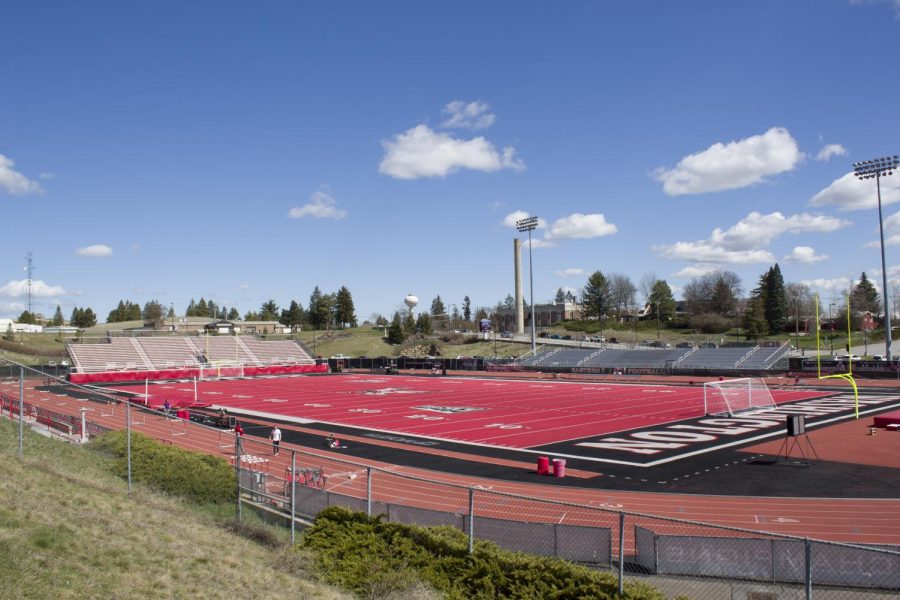Proper winter preparation goes a long way
January 11, 2016
For those who are experiencing their first winter of this severity, welcome to the coldest couple months of your life. Make it a learning experience and reap the benefits next year, especially if you are on the roads.
Winter is upon us in Cheney and, like every other year, temperatures are plummeting below freezing, snow is accumulating and roads are becoming more prone to icy conditions. This is something the Inland Northwest and, one would hope, its residents are accustomed to. Unfortunately, by just driving around Cheney, it has become blatantly obvious that, when it comes to their cars, many people are either completely unprepared for the harsh weather or they are prepared but are still just as cautious as if they weren’t.
These scenarios can be both extremely frustrating and extremely dangerous. With little to no friction between the tires and the ice, cars sliding off the roads, through stop signs and lights, and into other cars can obviously cause major issues. We have already seen our collisions count sign on SR 904 reset this year after nearly 700 days without a severe accident. Unpreparedness is a leading contributor to this problem.
Now I know most people can’t just drop $1,000 on new studded tires, and that is completely understandable. However, there are many places that will sell used ones at a much cheaper cost. It might seem like a lot of money at the time, but compare it to the cost of a new car—or the cost of not having a car at all—and it will seem quite reasonable. Studded tires are probably the best for this weather, but even all-purpose winter tires provide some traction and may save drivers thousands of dollars, or even their lives.
With actual winter tires being the main way to boost preparedness, one myth must be debunked before I go on. Putting only two snow tires on a two-wheel drive car is not a solution. Many believe that only using snow tires on the driving wheels is necessary when in reality this causes one end of the car to be extremely unstable and more likely to lose control.
Formerly, I mentioned the frustration of situations that can arise from people being unprepared, but there might be just as much frustration caused by those who are prepared but refuse to or are afraid to utilize it. Driving 15 MPH under the speed limit is a prime example. The roads have been plowed, you are driving a Subaru and you have winter tires, yet a semi-truck is passing by. That’s probably a hint that you can pick up the pace.
One of the biggest pet peeves for people driving is getting stuck behind someone going slower than they are, and during the winter the possibility of that skyrockets. Here in Cheney, people continue to drive absurdly slow even when the roads are pretty clear. Driver’s Education taught us if a driver isn’t keeping up with the flow of traffic, they’re a potential danger to those around them; that remains true even in the winter. Going a little slow is fine, hesitation is normal in these conditions, but if someone isn’t willing to go with traffic, it’s hard not to get irritated.
Not only is it a nuisance in a small town, but someone not wanting to go the pace of everyone else and slowing them down is what ultimately causes traffic jams. Traffic gets slower and slower and with people merging, it just causes a giant mess that could be confused for a long parking lot instead of a freeway.
Citizens of the Inland Northwest need to remember where they live. Every year, we experience this kind of weather, so it’s not like we haven’t seen it before. Being prepared to drive in these conditions is vital to getting through it unscathed. But being prepared to drive and actually using tools in these conditions could not only benefit you, but everyone around you as well.







